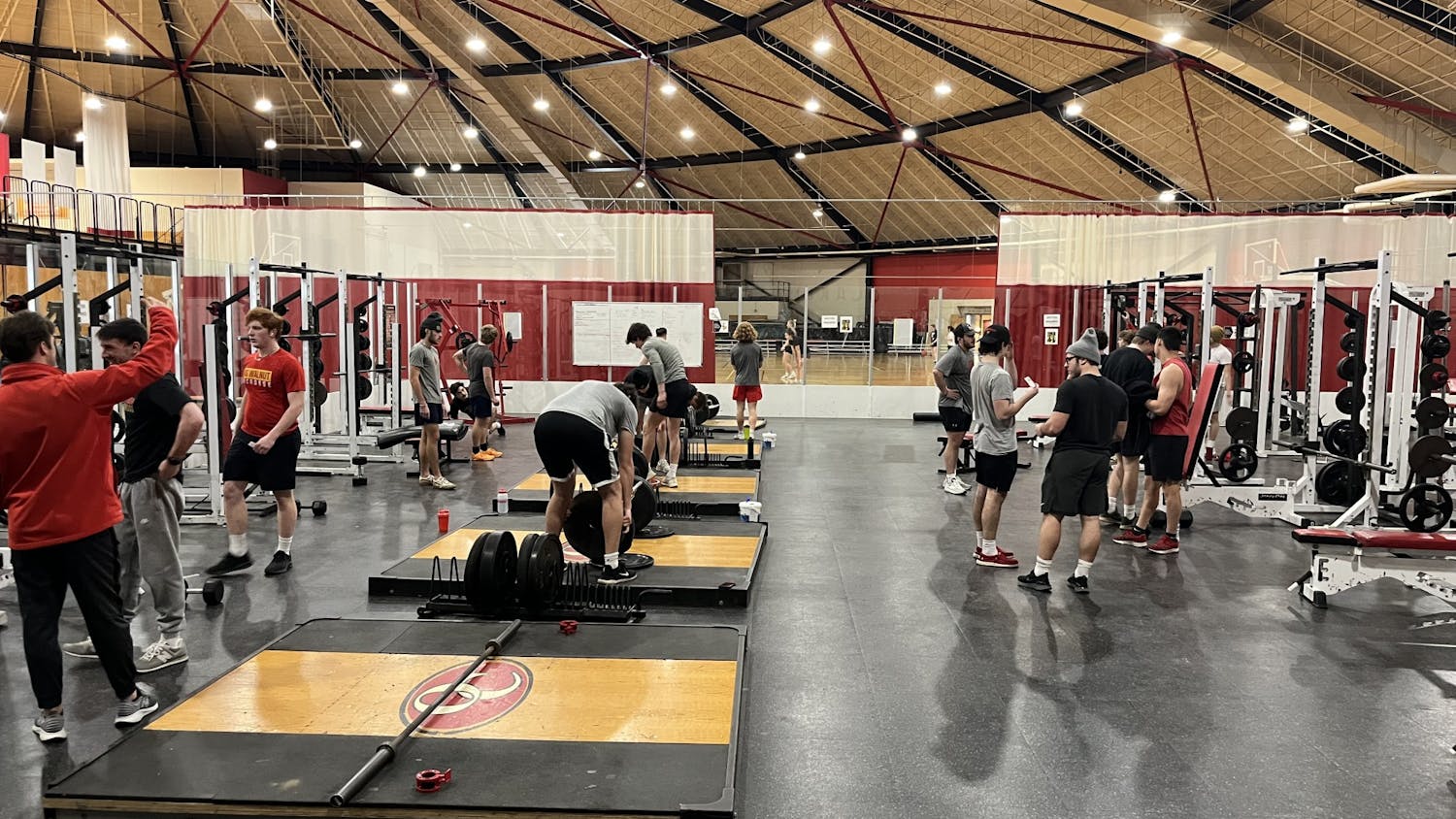Thirty-two weeks vs. 33 weeks, 10 classes vs. 12. Statistically, the pace of semesters appears to be more appealing to the academic lifestyle of a typical college student.
However, one must take into consideration that the idea of semesters is only alluring to students who attend a university capable of regulating them properly.
With a scholastic program based on the system of quarters, the schedule of meeting for a total of 20 classes for Tuesday/Thursday classes requires the establishment of a significantly dense course load. The opposition to this quarter-based system, semesters, is supposedly designed to minimize the intensity of school work and alleviate some of the burden.
However, as previously mentioned, the effectiveness of the semester-based system is heavily reliant upon the academic establishment and its faculty. With the introduction to semesters proving to be relatively unfamiliar territory for a campus accustomed to quarters, Otterbein University and some of its staff have struggled considerably to grasp this concept of time management and correctly pace their curriculum.
Sure, the slight 15-minute schedule difference of Monday/Wednesday/Friday classes with the transition to semesters is not a change dramatic enough for the student population to become irate over, but the institution of three-and-a-half-hour night classes might be asking too much.
Just to clarify my statement so it is not misinterpreted, I do agree that there are in fact some course curriculums within certain areas of study where the scheduled three-and-a-half-hour class period is appropriate, including any academic course that requires a lab or field study where students are participating in an active learning environment.
Yet, those exceptions aside, what about the three-and-a-half-hour courses that are strictly lecture-based? Is it too much to ask Otterbein students to give their undivided attention to redundant subject material for hours on end with the incorporation of only one or two 10-minute breaks?
According to the Teaching Resource Center of Indiana University, most typical adult learners can stay tuned in to a lecture for no more than 15-20 minutes at a time. This statistic of 15 minutes applies to the beginning of the lecture only. As the class period continues, the length of a student’s attention span becomes increasingly shorter, sometimes ending the class with three- or four-minute spans.
These statistics from Indiana University are based upon the observation of 50-75 minute classes. So take a moment to consider our night classes that last a total of 198 minutes and how depleted a student’s attention span is by the conclusion of class.
Perhaps to some portion of Otterbein students, only meeting for 15 sessions may seem like a beneficial argument in favor of night classes, but for the students like myself who lose any trace of academic focus after 2 p.m., the threat of three hours of attention in the evening can be daunting enough to drop a course.







